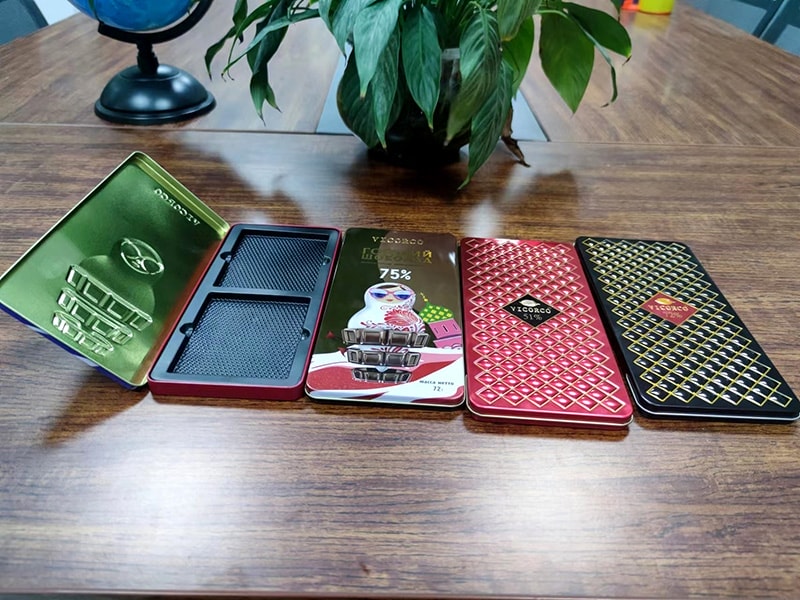
1. Design Planning:
Determine the packaging design requirements, including branding elements, product information, visual aesthetics, and structural considerations.
2. Material Selection:
Choose appropriate packaging materials that provide structural integrity, protection, and visual appeal, such as cardboard, foam inserts, or decorative elements.
3. Structural Design:
Develop the structural design and layout of the packaging, ensuring that it aligns with the dimensions and specifications of the tin boxes and provides adequate protection during handling and transportation.
4. Printing and Decoration:
Apply printing, labeling, or decorative elements to the packaging material, including branding, product information, and any visual enhancements.
5. Prototyping:
Create physical prototypes of the packaging design to evaluate its functionality, durability, and visual appeal, ensuring that it meets the intended requirements.
6. Quality Control:
Inspect the packaging materials and printed content to verify accuracy, color fidelity, and overall quality, ensuring that the packaging meets the specified standards.

7. Production:
Manufacturing the packaging materials in accordance with the approved design, ensuring consistency and accuracy throughout the production process.
8. Assembly and Filling:
Assemble the packaging components and insert the tin boxes, ensuring a secure fit and adequate protection for the products.
9. Final Inspection:
Perform a final inspection of the packaged tin boxes to ensure that the packaging meets the quality and design expectations.
10. Distribution and Shipment:
Prepare the packaged tin boxes for distribution, ensuring proper labeling, handling instructions, and compliance with regulatory requirements for transportation.